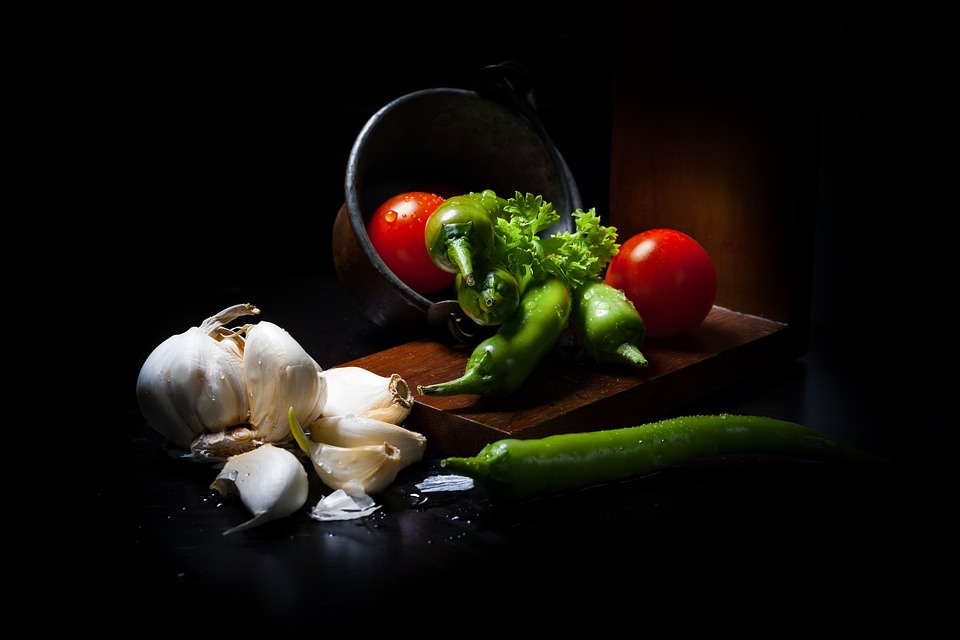Low maintenance crops are perfect choices for a home garden, especially for gardeners who wonder if they’ll have enough time to devote to a garden in the first place.
In the article below, I share my top recommendations for gardeners who want crops that are easier to care for, whether you’re just starting out or whether you’re trying to juggle gardening into your busy schedule.
Low Maintenance, Easy to Grow Crops
Low maintenance crops typically don’t require a lot of baby-sitting. They’re perfect plants for the first-time gardener to start with, especially when you’re not sure realistically how much you will be able to manage in the height of the summer. And while you’re still trying to get the hang of gardening in general, low effort crops can help you build your confidence.
But first, consider your climate
As I go through these low maintenance crops, I want to encourage you to keep in mind — this is what I’ve found true in MY garden. I’ve also done some quick research to find these crops on other “easy to grow vegetable” lists. BUT, the crops that are low maintenance in your garden may be a little different than mine.
For example, I once read an article on easy to grow vegetables, and broccoli made the list. What? Broccoli took several seasons — and many failed attempts — for me to grow successfully. I would never include that on my list. However, someone in a cooler climate than my southeastern area might find broccoli pretty easy.
On the other hand, I read another article where the author talked about how hard peppers were to grow. That has definitely not been my experience, but my summers are hot and long — perfect for growing peppers easily.
All that to say, take my suggestions but keep an open mind to others.
Garlic
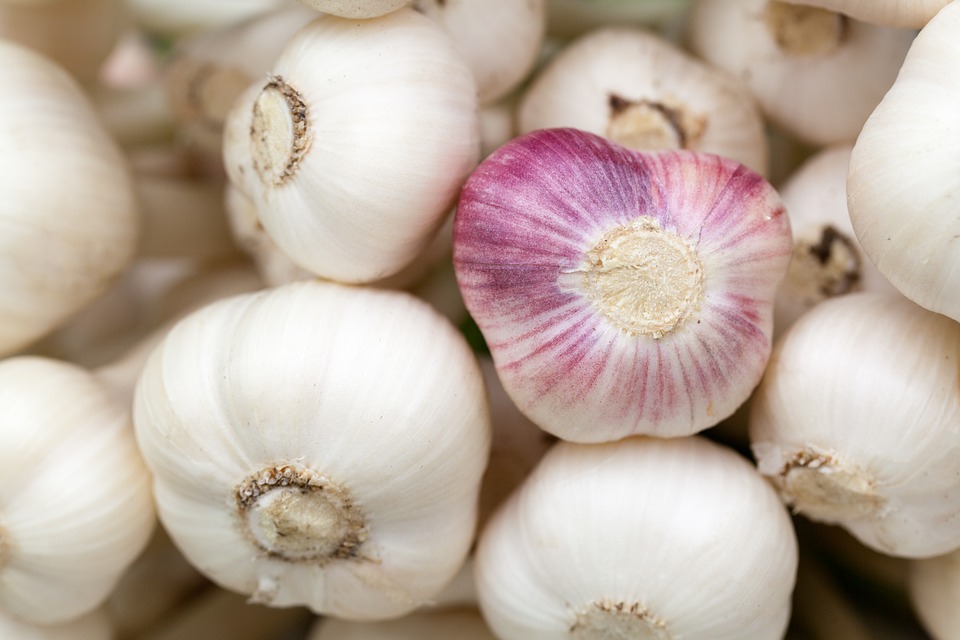
Garlic is my most low maintenance crop. You plant the cloves in the fall and cover them up — pretty easy for even the most lazy gardener. The only maintenance you may have to do is weed the area if you don’t mulch well. And if you live in a colder climate, you’ll need to mulch thickly for the winter and then pull the mulch aside as the temperatures start to warm in late winter.
Roma tomatoes
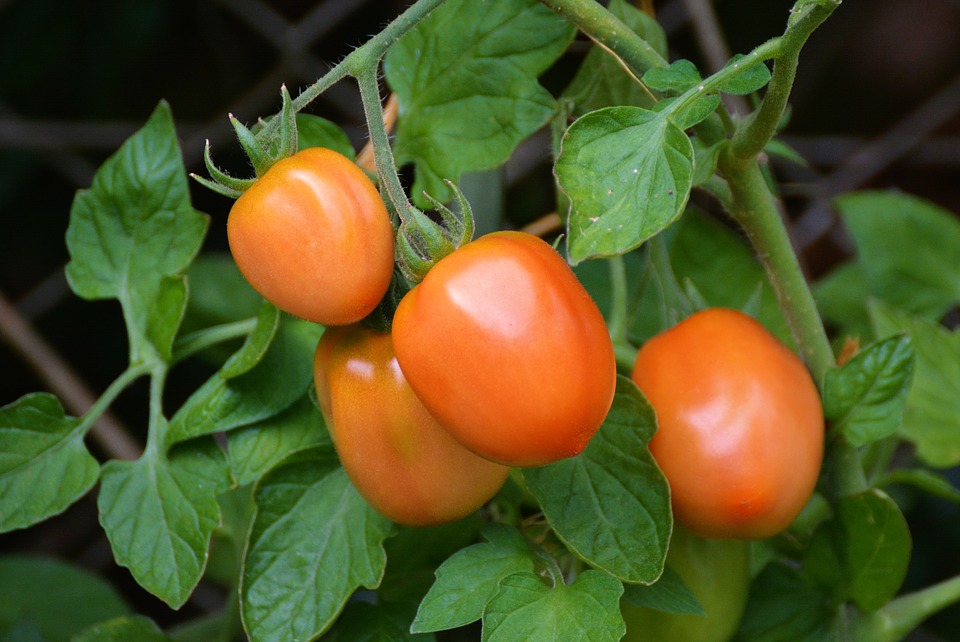
Tomatoes are not the easiest crops to grow even though they are one of the most popular crops in the home garden. But if you want an easier tomato, try the Roma. Roma tomatoes are determinate tomatoes, which means they grow to a specific height and produce all of their fruit at once. And while they do need some staking, they do not require the extensive staking that other varieties do.
My Roma tomatoes have also been more resistant to common diseases such as early blight.
Another option for a low maintenance tomato is the cherry tomato. They also don’t require as much staking as indeterminate tomatoes and offer a wider variety of flavor options.
Peppers

The key with peppers is that they must have hot weather. I don’t plant my peppers until 3-4 weeks after my average last spring frost. If I wait to plant them and give them plenty of water and maybe a little fertilizer like an organic fish emulsion shortly after planting, they have done very well. I do have to stake them a little but otherwise they take care of themselves. As long as you have hot summers, peppers are a great option as a low-maintenance crop.
Bush Beans
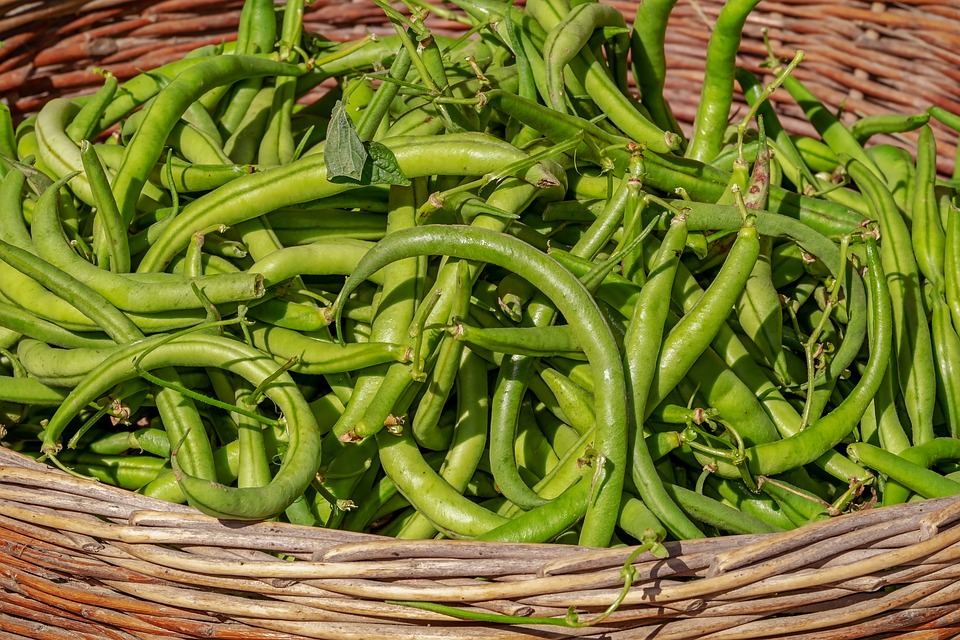
While I am a big fan of pole beans, I have to say that they are not the most low maintenance crop because you do have to build some sort of trellis. (Here’s my favorite green bean trellis.) But if you’re a new gardener and you’re not ready to build a trellis, bush beans would be a great option. They start producing earlier than pole beans and produce all of their crop at the same time. The only hurdle with bush beans is to wait until your soil is warm enough for the seeds to germinate quickly — and sometimes waiting to plant at the right time can be hard!
Even though cool weather crops like lettuce is harder for those of us in warmer climates to grow, when we plant them at the right time, salad greens require little effort to grow. You can plant them from seed directly in the garden and begin harvesting in just a few weeks.
Herbs
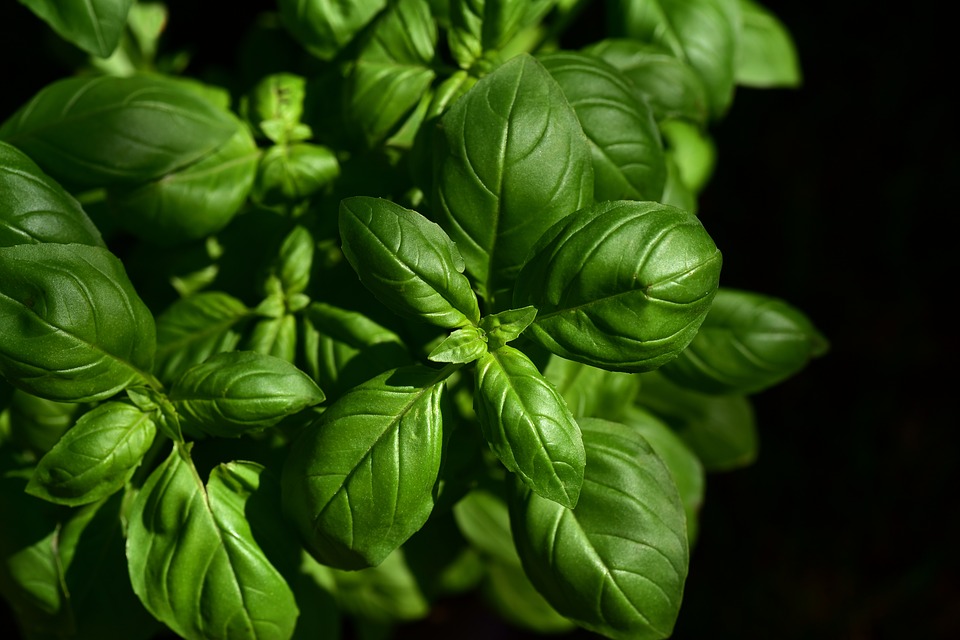
In general, I’ve found herbs to be very easy to grow. The only trick is to know that most herbs do not grow easily from seed, with the exception of basil, dill, and cilantro. I would recommend for most herbs that you buy a transplant from your local garden center. Once you transplant them into your garden, they grow easily on their own with little extra care. I keep them in planters by my patio so that I have them easily accessible when I’m cooking, and except for long dry spells in the summer, rain provides the water they need.
